For 1990-2009 cars only
Removal Procedure
- Remove the air cleaner . Refer to Air Cleaner Replacement .
- Remove the air intake pipe. Refer to Air Intake Pipe Replacement .
- Disconnect the air conditioning (A/C) compressor clutch electrical connector.
- Disconnect the A/C cut out switch electrical connector.
- Remove the A/C compressor bolts.
- Remove the generator. Refer to Generator Replacement in Engine Electrical.
- Reposition the A/C compressor (with the hoses attached) to the right side of the engine compartment.
- Disconnect the main engine harness electrical connectors.
- Disconnect the barometric pressure (BARO) sensor electrical connector.
- Remove the main engine harness electrical connector screws.
- Remove the main connectors from the bracket.
- Disconnect the engine coolant temperature (ECT) sensor electrical connector.
- Remove the water outlet tube. Refer to Water Outlet Tube Replacement in Engine Cooling.
- Disconnect the fuel temperature sensor electrical connector.
- Disconnect the fuel pressure regulator electrical connector (1).
- Disconnect the oil level sensor harness electrical connector.
- Reposition the distribution block hose clamps.
- Remove the distribution block hoses from the distribution block.
- If necessary, remove the intake manifold tube.
- If necessary, remove and discard the 2 O-ring seals from the tube.
- Clean the fuel pressure regulator and high pressure injection pump thoroughly with solvent, such as GM P/N 12377981 (Canadian P/N 10953463) or equivalent.
- Using compressed air, thoroughly blow dry the regulator and pump.
- Remove the 3 fuel pressure regulator screws (1) using a T25 TORX®.
- Remove the fuel pressure regulator (1).
- If dirt or debris is found in the bore or seating surfaces of the fuel injection pump, perform the following:

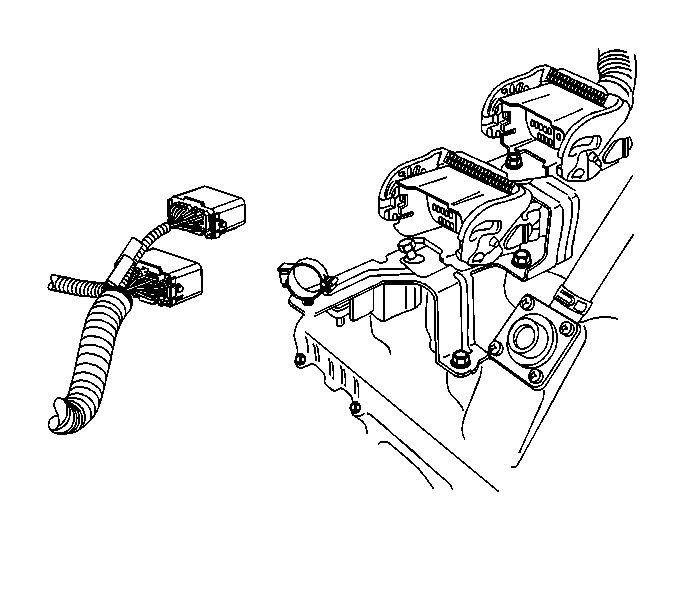

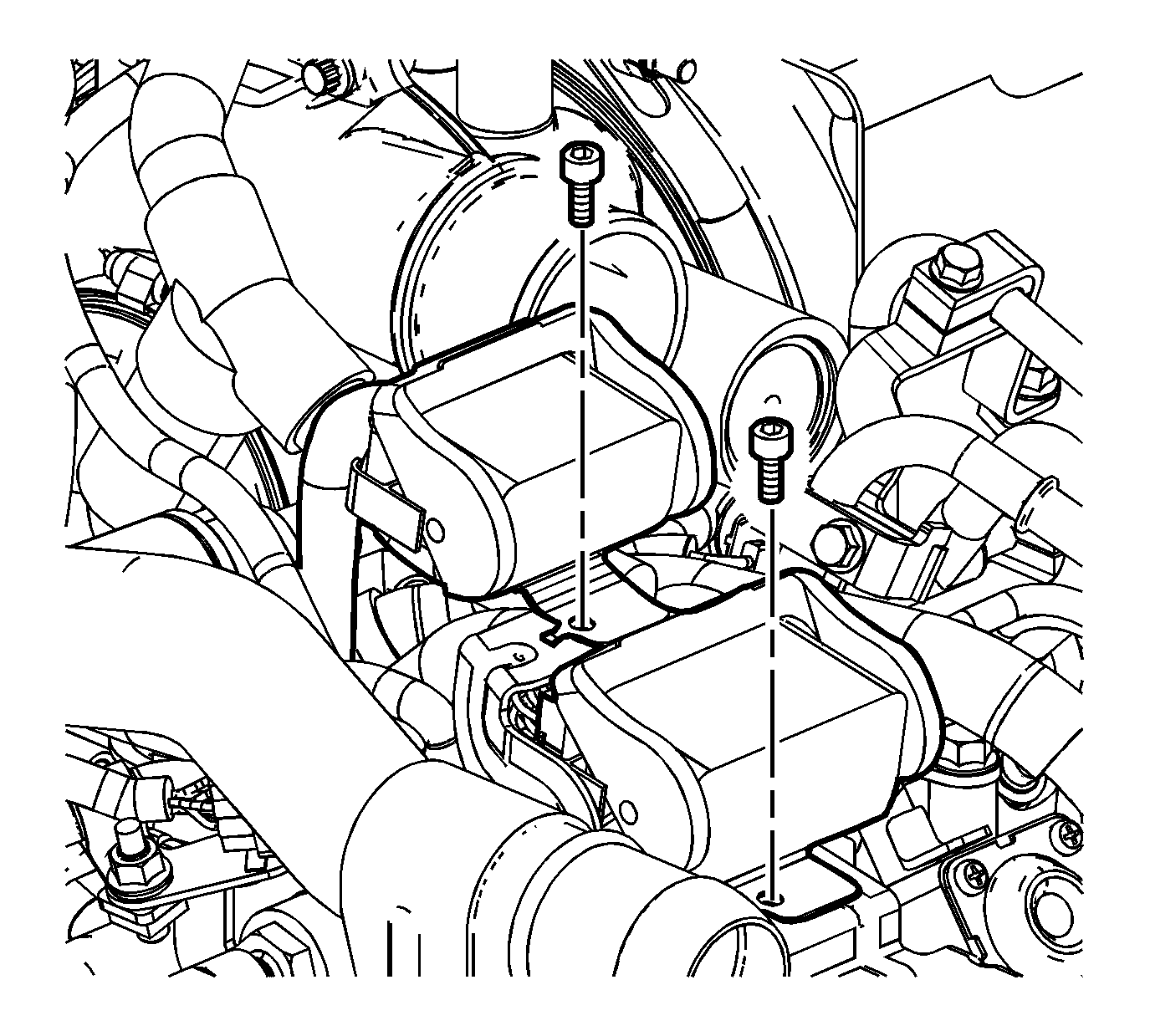
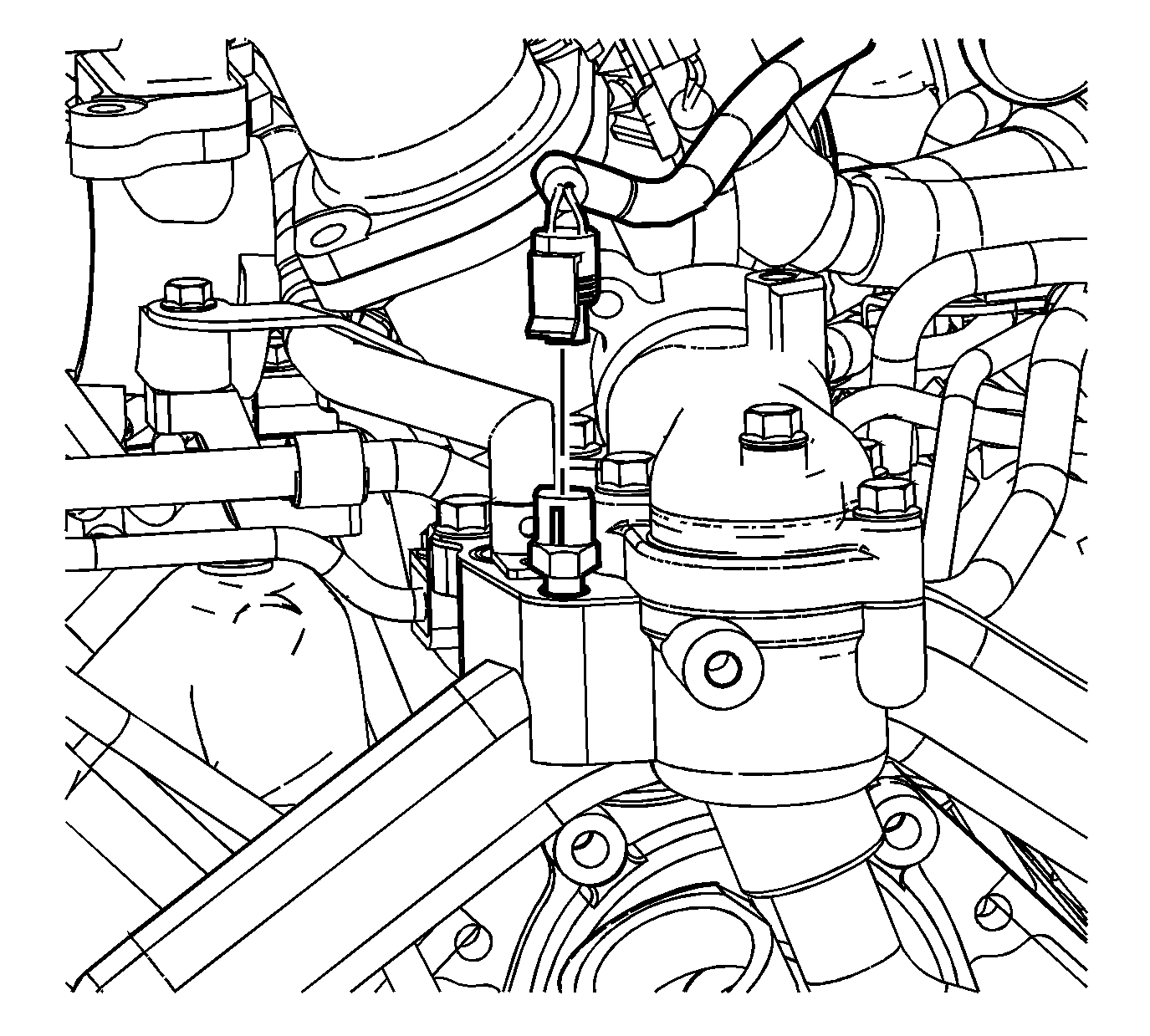
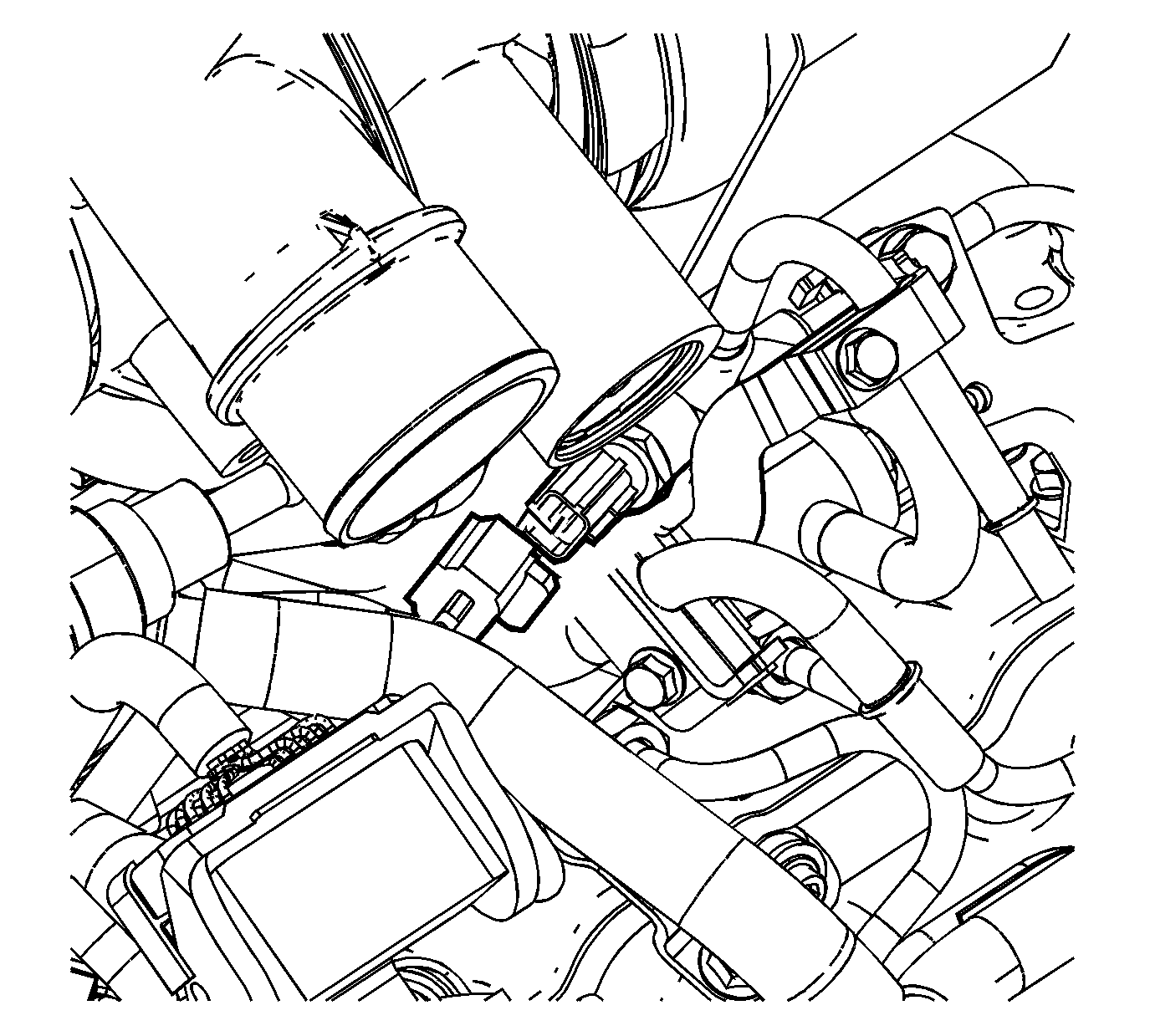

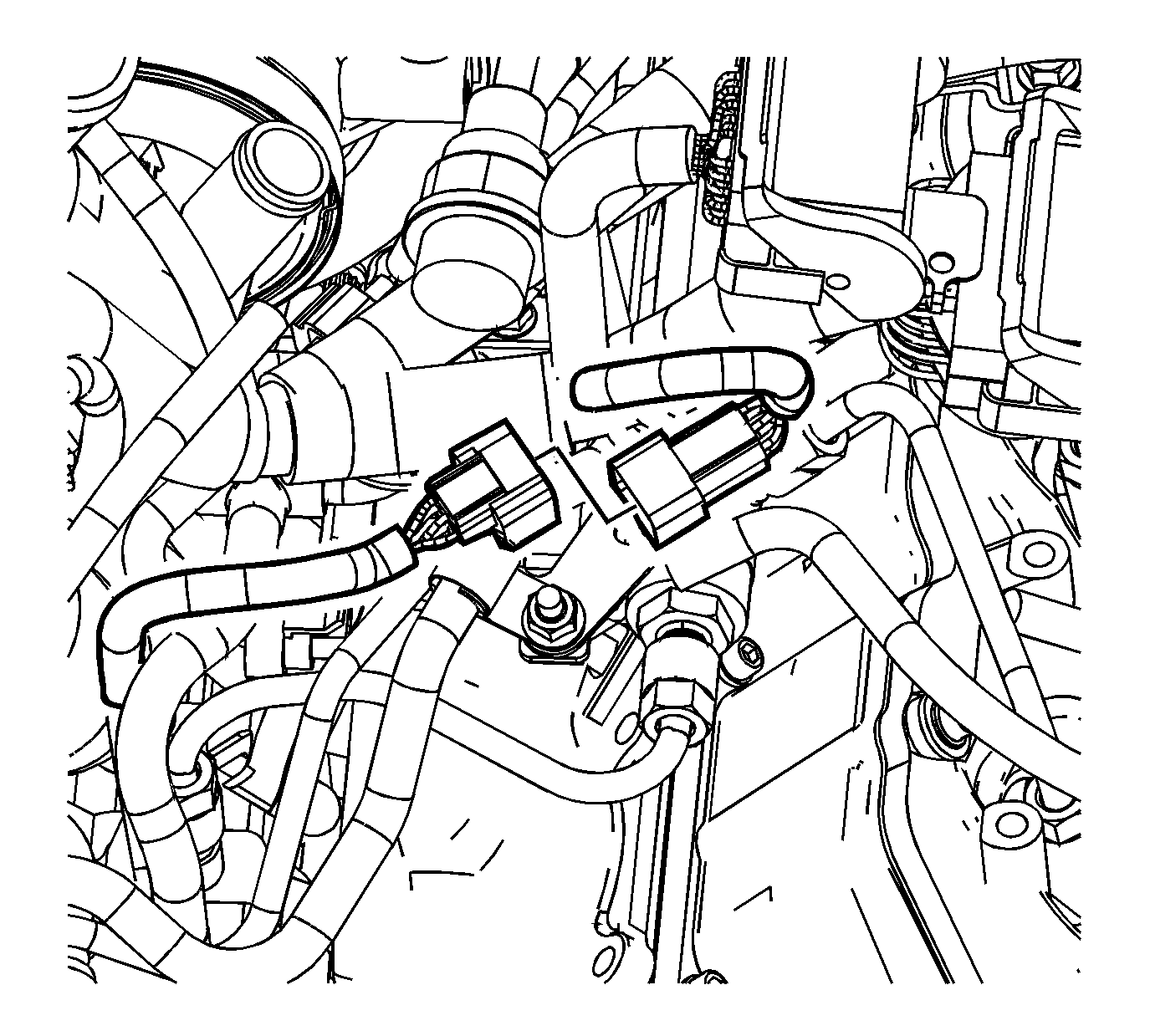

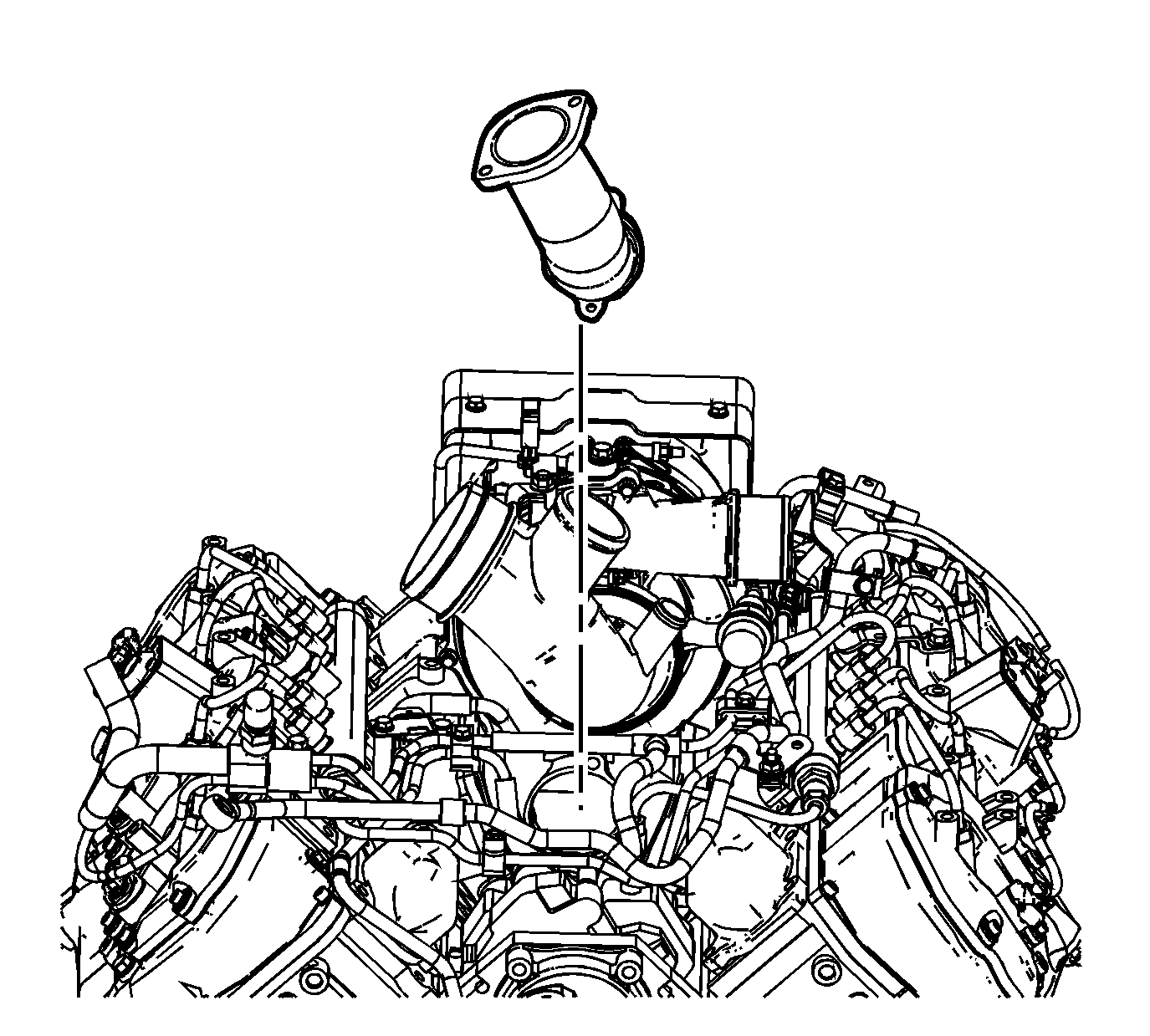
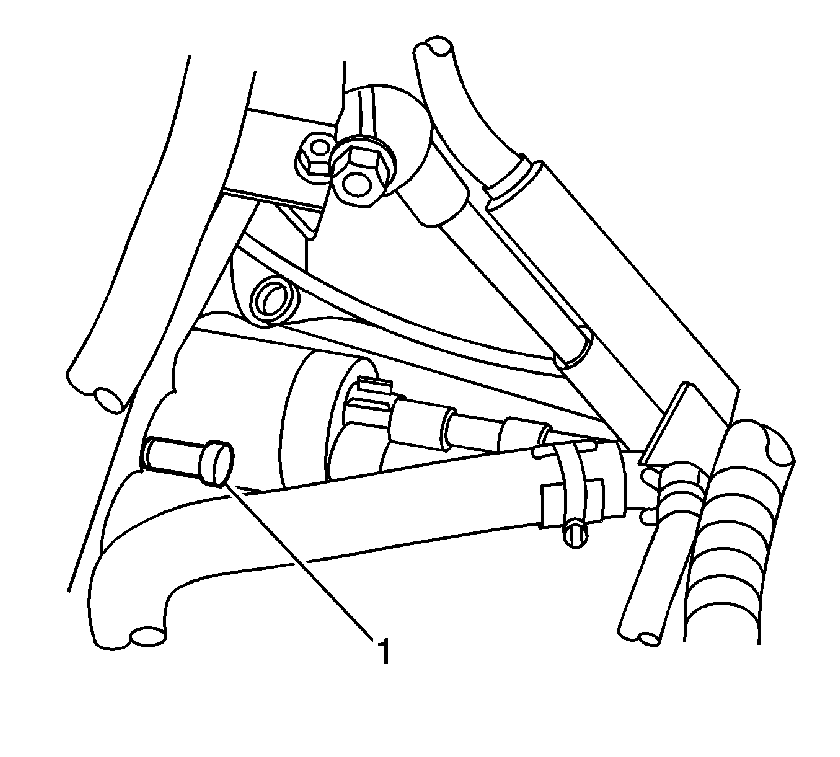
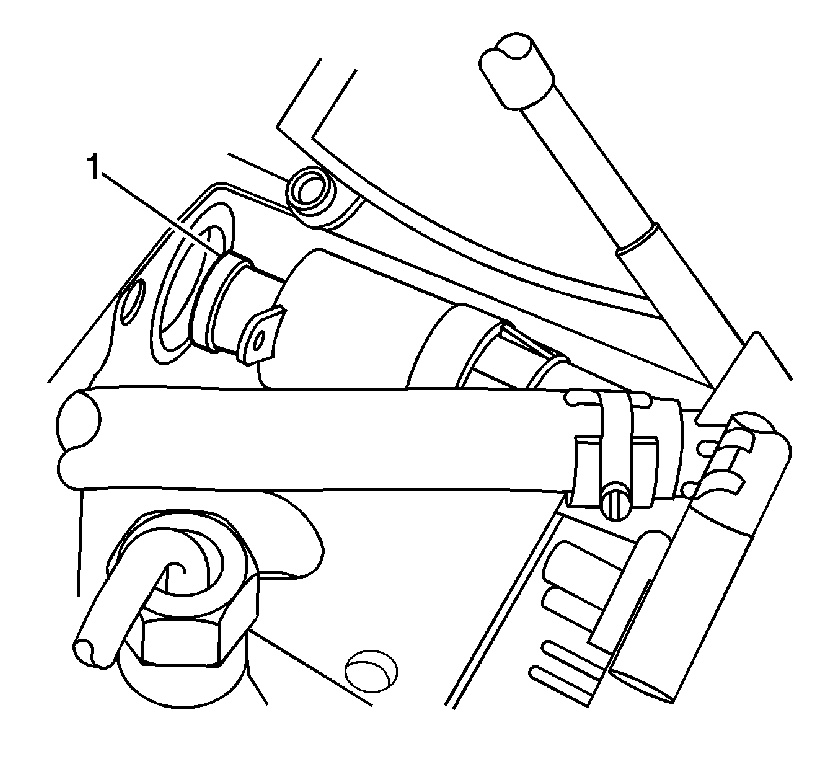
| • | Place a clean rag over the bore on order to collect the excess fuel. |
| • | Bump the engine over in order to flush any debris out of the regulator bore. |
Installation Procedure
Important: If the pressure regulator is being re-used, check the O-rings for damage. If the O-rings are damaged, install NEW O-rings.
- Lubricate and install NEW O-rings onto the regulator. Lubricate the O-rings with clean, NEW engine oil.
- Install the fuel pressure regulator (1).
- Install the 3 fuel pressure regulator screws (1) using a T25 TORX®.
- If necessary, install NEW O-ring seals onto the tube.
- If necessary, install the intake manifold tube.
- Install the intake manifold tube bolt and nuts.
- Install the distribution block hoses to the distribution block.
- Position the distribution block hose clamps.
- Connect the oil level sensor harness electrical connector.
- Connect the fuel pressure regulator electrical connector (1).
- Connect the fuel temperature sensor electrical connector.
- Install the water outlet tube. Refer to Water Outlet Tube Replacement in Engine Cooling.
- Connect the ECT sensor electrical connector.
- Install the main connectors to the bracket.
- Install the main engine harness electrical connector screws.
- Connect the BARO sensor electrical connector.
- Connect the main engine harness electrical connectors.
- Position the A/C compressor.
- Install the A/C compressor bolts.
- Connect the A/C cut out switch electrical connector.
- Connect the A/C compressor clutch electrical connector.
- Install the generator. Refer to Generator Replacement in Engine Electrical.
- Install the air intake pipe. Refer to Air Intake Pipe Replacement .
- Install the air cleaner . Refer to Air Cleaner Replacement .
- Prime the fuel system. Refer to Fuel System Priming .
- Start the engine. If the engine stalls, repeat the above step.
- Once the engine starts, inspect for fuel leaks.

Important: If the regulator is installed at an angle the O-rings may be damaged, resulting in possible fuel leakage.
Notice: Refer to Fastener Notice in the Preface section.

Tighten
| • | Tighten the screws a first pass to 4 N·m (35 lb in). |
| • | Tighten the screws a final pass to 7 N·m (62 lb in). |

Tighten
Tighten the bolt/nut to 10 N·m (89 lb in).






Tighten
Tighten the screws to 10 N·m (89 lb in).



Tighten
Tighten the bolts to 50 N·m (37 lb ft).
